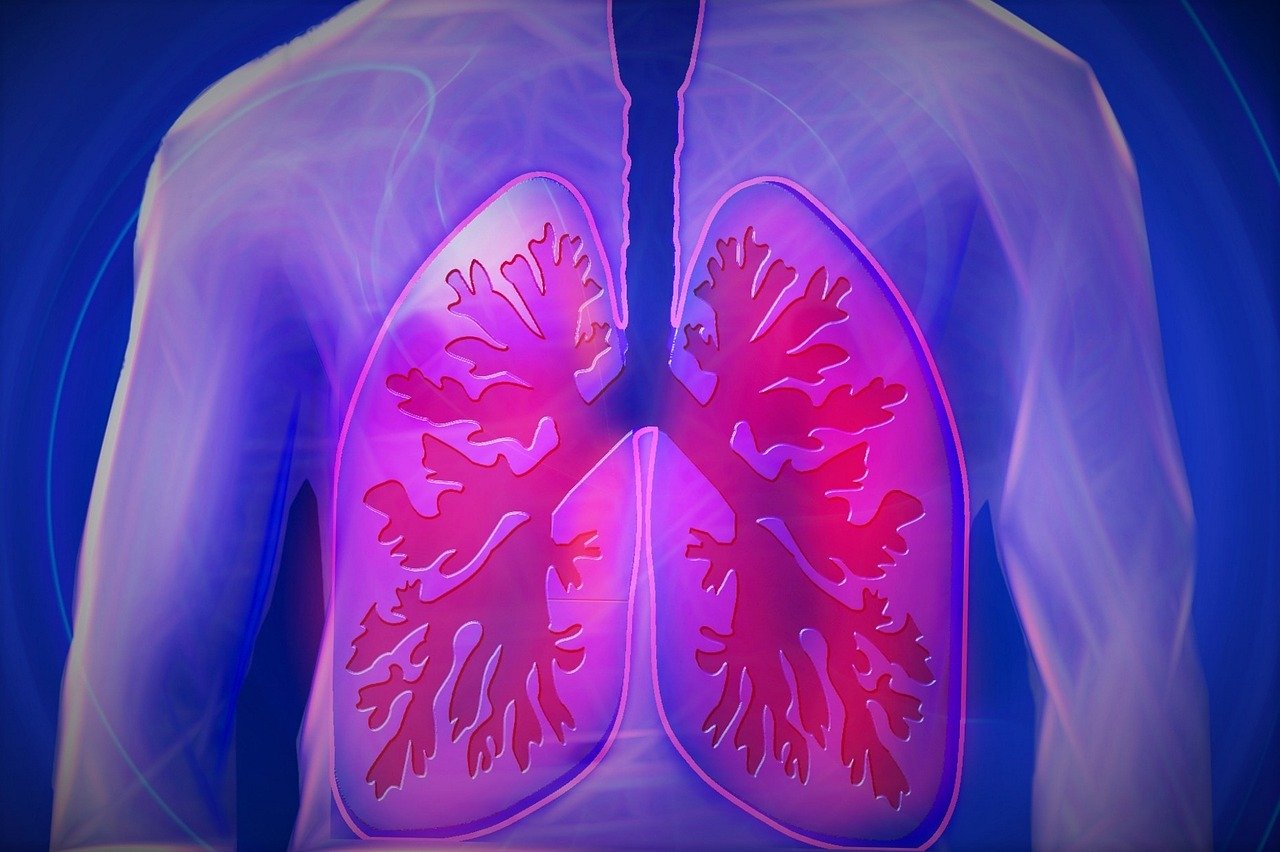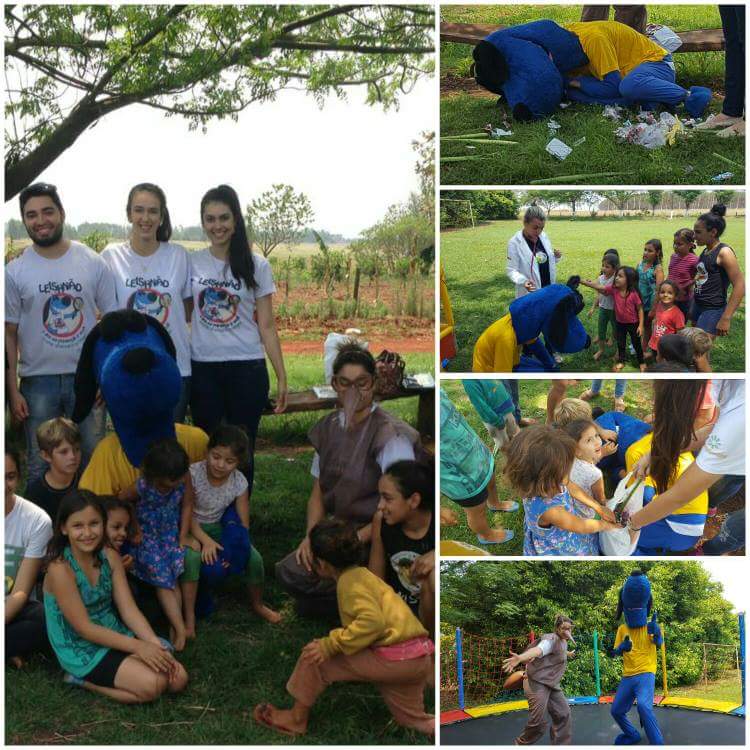Início Manejo clínico em pacientes com diagnóstico de coinfecção Tuberculose/HIV
saúde pública

Manejo clínico em pacientes com diagnóstico de coinfecção Tuberculose/HIV
Resumo:
INTRODUCTION: Tuberculosis (TB) is one of the oldest and most lethal infectious diseases in human history. Vulnerable groups, such as people experiencing homelessness and individuals with Human Immunodeficiency Virus (HIV), are particularly affected. Accurate diagnosis is essential, and treatment is standardized by the Brazilian Unified Health System (SUS). Coinfection with HIV amplifies the challenge, making early diagnosis crucial. This scientific review explores the complexities of TB and HIV, analyzing strategies to address this duality in public health. REVIEW: The article covers tuberculosis and HIV history, highlighting their historical impact and evolution in diagnosis and treatment. It emphasizes the importance of early diagnosis and appropriate treatment to control these diseases, which remain public health challenges in Brazil and around the world. DISCUSSION: Robust public policies are essential to ensure universal access to diagnosis, antiretroviral treatment, and appropriate antimicrobial therapy. Active pharmacist surveillance of treatment adherence is crucial to prevent resistance, drug interactions, and enhance clinical outcomes. Continuous patient education regarding treatment adherence and transmission prevention is determinative. Therefore, effective interventions not only improve patients' quality of life, but also curtail the spread of these diseases, contributing to public health. FINAL CONSIDERATIONS: The importance of early diagnosis is emphasized, especially in vulnerable populations where coinfection presents challenges. There is a need for public policies to ensure access to diagnostic services, antiretroviral treatment, and antibacterial therapy, as well as the importance of monitoring treatment adherence to prevent drug resistance. Patient education is crucial to enhance treatment adherence and preventive measures.
Keywords: coinfection, HIV, public health, treatment, Tuberculosis.
Expandir Resumo
Acessar Texto Completo

O cenário epidemiológico mundial em 2020, suas consequências e a importância em investimentos humanos e financeiros em pesquisas científicas
Resumo:
Introduction: The global public health crisis caused by the new Coronavirus (COVID 19) and the spread of the disease around the world has brought a new and critical scenario for everyone. Review: The world epidemiological scenario reinforces the importance of science and scientific research focused on epidemiology in public health to design public health policies and work strategies aimed at the quality of public health, especially in developing countries. Discussion: How all countries in the world have been suffering more from the consequences of this disease. The present work carried out a literature review that aims to highlight the role of research against diseases of public interest. Final considerations: It is concluded that public health services must be combined with scientific research to adequately promote actions that generate well-being for the population.
Keywords: Epidemiology, COVID 19, Public Health, People.
Expandir Resumo
Acessar Texto Completo

Preditivos de falha de decanulação em um hospital de referência em trauma na região Norte
Resumo:
Introduction: Placing a tracheostomy is a procedure commonly performed in intensive care units (ICU), with well-established protocols, so after tracheostomy, it is necessary to discuss and build work instructions that establish safe standards for safe weaning of the patient. tracheostomy (TQT). Objective: Investigate factors and or predictive events of failure in decannulation, using an institutional flowchart. Method: It was an analytical, retrospective, quantitative, and descriptive study, which occurred through the analysis of data available in the operating system of the Metropolitan Hospital of Urgency and Emergency, in which 128 patients admitted from January to December were analyzed 2019 who underwent tracheostomy, all over 18 years of age, in which 36 participants were included within the research criteria, who were considered to have decannulation failure. Results: 36 adults showed failure at some stage of the decannulation process, 12 of which were female and 24 were male, with an average age of 39.9 years. The most common diagnoses were traumatic brain injury (TBI) 29, followed by face trauma 7, spinal trauma (TRM) 5, firearm injury (FAF) 3, stab wound (FAB) 2 and finally 1 patient with burn trauma. Conclusion: The research demonstrated that dysphagia was the most pertinent factor of failure in decannulation among the predictors investigated. Also opening up a discussion about the need to update the decannulation flowchart used in the referred research hospital.
Keywords: Decannulation, Dysphagia, Deglutition, Public health, Tracheostomy.
Expandir Resumo
Acessar Texto Completo

A importância das políticas públicas para o tratamento da hemoglobinúria paroxística noturna
Resumo:
Introduction: Rare disease is classified as one that affects up to 65 people per 100,000 individuals. They are usually chronic and degenerative conditions, many of them without a cure or effective and accessible treatment, which cause a high degree of morbidity and mortality, in addition to facing a great challenge, because due to their low incidence, health professionals do not have the knowledge about their existence, which reflects in a late diagnosis and lack of public health preparation. Review: This article focuses on the rare disease called Paroxysmal Nocturnal Hemoglobinuria (PNH) and its scenario in public health. Discussion: The PNH is characterized as a rare acquired chronic hemolytic anemia, caused by the non-malignant clonal expansion of one or several hematopoietic stem cells, developing various symptoms in their carriers. Its estimated annual incidence is 1.3 new cases per one million individuals, but as it is a difficult disease to diagnose, the number may be underestimated and does not reflect reality. Final considerations: PNH patients face a long and difficult trajectory, from diagnosis to effective treatment. Even with established guidelines, many patients with rare diseases and their respective families receive unequal treatment in the health service. Public policies are necessary and need to be effective to improve access to information and treatment, provide the necessary structure and follow-up, to reduce the impact caused by these diseases and contribute to improving the quality of life of patients.
Keywords: rare disease, paroxysmal nocturnal hemoglobinuria, PNH, public health, unified health system, SUS.
Expandir Resumo
Acessar Texto Completo

A saúde dos bombeiros militares no combate a COVID-19 no Brasil
Resumo:
Introduction: The Firefighter Military, in the exercise of the activity, puts his life at risk to save the lives of others or to defend public and private assets of society. And this has been the case since the emergence of Covid-19 in Brazil, with restrictive measures, isolations or actions to avoid contamination of these professionals and the population. And it is inevitable that some firefighters are infected, after all, both combatants and those who support the front line are at risk. Objective of the study is to describe the importance of military firefighters in combating the pandemic, addressing contamination rates and preventive measures adopted by some Brazilian states. Review: The theme it is of great relevance, since Covid-19 is a highly potent virus that has been causing one of the most serious public and economic health problems on a global scale. The methodology was based on a literature review, using databases from Scielo, PubMed and the Virtual Health Library (VHL) and Science Direct, published until September 2020 in Brazil. Discussion: Due to the high incidence and mortality, the effects of Covid-19 can be felt for a long time and emotional support measures with psychologists and other forms of medical and social assistance to military firefighters are essential and must be carried out in all Brazilian states. Final Considerations: According to the various sources used in this study, it can be seen that living with Covid-19 is adapting to a new lifestyle to prevent the recurrence of the disease until the vaccine appears for the population.
Keywords: firefighters, Covid-19, public health.
Expandir Resumo
Acessar Texto Completo


Principais fatores de riscos relacionados a queda em idosos e suas consequências: revisão integrativa
Resumo:
Introduction: With the increase in life expectancy over time, there is an increase in falls resulting in fracture of the femur among the elderly. Objective: identify the main risk factors related to falls in the elderly and their consequences, so that both the government and society are aware of these risks and their consequences. Revision: As methods, an integrative literature review was carried out through the databases, VHL and SciELO using as descriptors: '' Elderly '', '' Treatment '' and '' Femoral Fracture '' associated with the Boolean operator "AND" '. Discussion: As a result, we obtained 8 publications that fit the theme, 100% of the publications developed through field research, all articles were included in this integrative review. Final considerations: t is concluded that the risk factors related to falls in the elderly and their consequences are associated with several factors, such as: age, health status of this elderly person before the fracture, among others, adding to the high effective cost of treatment and the lack a strict hospitalization protocol and surgical procedure.
Keywords: accidental falls, risk factors, femoral fractures, elderly, public health, patient safety.
Expandir Resumo
Acessar Texto Completo

Ocorrência da tuberculose em profissionais da Saúde entre os anos 2014 e 2018 no Amapá
Resumo:
Background: Studies indicate that health professionals are highly exposed to the risk of infection with Mycobacterium tuberculosis, which causes tuberculosis. In the state of Amapá, there are still no studies specifically targeting tuberculosis in healthcare professionals. Objective: Survey on the occurrence of tuberculosis in health professionals in the state of Amapá between the years 2014 and 2018. Material and methods: It is a descriptive study with a quantitative approach in which secondary data obtained from the Notifiable Diseases Information System (SINAN) through the State Health Surveillance Superintendence (SVS) were used. The collected information was transferred to a spreadsheet in the Microsoft Excel 2010 application and then to the Tabwin program version 4.1.5, where the results were calculated and tabulated. Results and discussion: 28 cases of tuberculosis in health professionals were diagnosed between 2014 and 2018 in the state. The municipality of Macapá recorded the highest number of cases (85.7%), the predominant form was pulmonary (90%), female (68%) and brown race (68%) were more affected and the age group from 20 to 29 presented the highest number of cases. Conclusion: The importance of completeness in the data provided by SINAN and the importance of knowledge of the presence of tuberculosis in health professionals in the state are emphasized.
Keywords: epidemiology, Mycobacterium tuberculosis, health personnel, Amazon region, public health, Tuberculosis.
Expandir Resumo
Acessar Texto Completo

Educação em saúde para alunos do primeiro ano do ensino fundamental sobre a leishmaniose em seres humanos e animais
Resumo:
Objetivou-se avaliar o conhecimento de alunos do primeiro ano do Ensino Fundamental a respeito das formas de prevenção, contágio e sintomas em seres humanos e animais infectados por Leishmania spp. A leishmaniose, considerada mundialmente uma doença negligenciada, é uma zoonose crônica causada por um protozoário intracelular do gênero Leishmania, cuja transmissão ocorre através da picada de um vetor flebotomíneo. Foi aplicado um questionário semiestruturado para 56 crianças, antes e depois de realizarem atividades lúdicas acerca da leishmaniose. Foi possível constatar que após a realização das atividades e reaplicação do questionário, todas as crianças foram capazes de responder corretamente às perguntas reaplicadas. A educação em saúde demonstrou ser um método eficaz para ser trabalhado com crianças do ensino fundamental, utilizando-se de atividades lúdicas de ensino. O trabalho teve suas expectativas alcançadas ao obter resposta positiva de aprendizado junto às crianças participantes do projeto, demonstrado, inicialmente, por não terem conhecimento a respeito da leishmaniose em animais e seres humanos e ao, final do projeto, saberem desenvolver raciocínio sobre formas de prevenção, controles clínicos e sintomas dessa doença.
Expandir Resumo
Acessar Texto Completo

